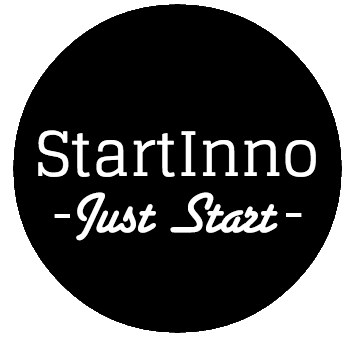This is Steve Blank’s mantra for starting you customer discovery journey. And a journey is truly is. Before you jump the gun to finding investors, your focus should be on talking to customers. The only way to prove your idea is even worth an investment is to sell your idea. Not to your friends and family who love you and support you, but to actual strangers. Don’t get stuck in an analysis paralysis either. Go find your customers. Who are they? Where are they? Meet them. Stop them on the street and talk to them. Start selling what you have, get feedback and build on that.
But before you get out of the building, here are some practical tips to make sure you get the most out of you customers discovery adventure.
Before leaving the building. Pre-plan who you’re going to talk to, the first people you’re going to go after. Which platforms, which companies, where on the street. Customer discovery doesn't work for surveys or email. What you want is face to face data. You want to see people’s reactions. Body language and intonations are as much cues as the answers itself. If you rely on surveys only, you miss those open ended questions. Get the richest data experience as you can.
Outside the building. Be assertive. Physically get up in people’s faces, show them your product and try to sell it. It’s the best way to judge if you have a viable product. Remember, this is not about pitching your product, it’s about turning your guesses into facts. This process is also strongly advocated by Ash Maurya, author of Running Lean: start validating key assumptions with face to face interviews and good questions. Use social media. Put your product in the world and find out if people will buy it.
This part of the process focuses on finding patterns, finding meaning in your data. To get that sort of insight you need to talk to a lot of people. How many is a lot? When you can start predicting the responses, between 30 to 60 people over a period of 4 to 6 weeks should do the trick.
To know your customers means to know your competition as well. Understand your market. Start to be aware of the other markets that are tapping into your goods. Who is your customer going to be and what price point is it going to be? Don’t shy away because you have this tunnel vision of who you think your customer is. Always understand where your market is, who your market is. Get to know the other players in the field.
A piece of advice from one of our coworking SEO members: use Google Trends and Google Insights, wonderful weapons to get insights on search terms and search volumes.
Returning to the building
Now you have a wealth of data about what modifications your customers would like to see in your product and what their main pain points are. Here comes another crucial point in your customer discovery: identifying your evangelists. They know the problem, have great ideas, give great feedback and will spread the word. Understanding your early adopters’ existing alternatives is key to developing the right product. Because they use their existing alternatives as comparison as how they will judge your product. Once you start getting a sense of who your early adopters are, meaning what their pain points are, start creating more paths to reach more people like them. You can read more on how to do this in the bible for start ups, Maurya’s Running Lean.
Here are some additional resources to help you get on track with your customer discovery:
- The Four Steps to Epiphany by Steve Blank
- Rapid Contextual Design by Karen Holtzblatt, Jessamyn Wendell and Shelley Wood
- Human-Centered Design Toolkit by IDEO: This free kit walks you through the human-centered design process and supports you in activities such as building listening skills, running workshops, and implementing ideas. The process has led to innovations such as the HeartStart defibrillator, CleanWell natural antibacterial products, and the Blood Donor System for the Red Cross.
Our incubator program focuses on bootstrapping your idea to the point of commercialism. And an major part of this process is techniques to find your customers and techniques to do that successfully. If you'd like to know more about this subject, drop us a line or come and visit the studio to for a chat, we'd love to hear from you.

